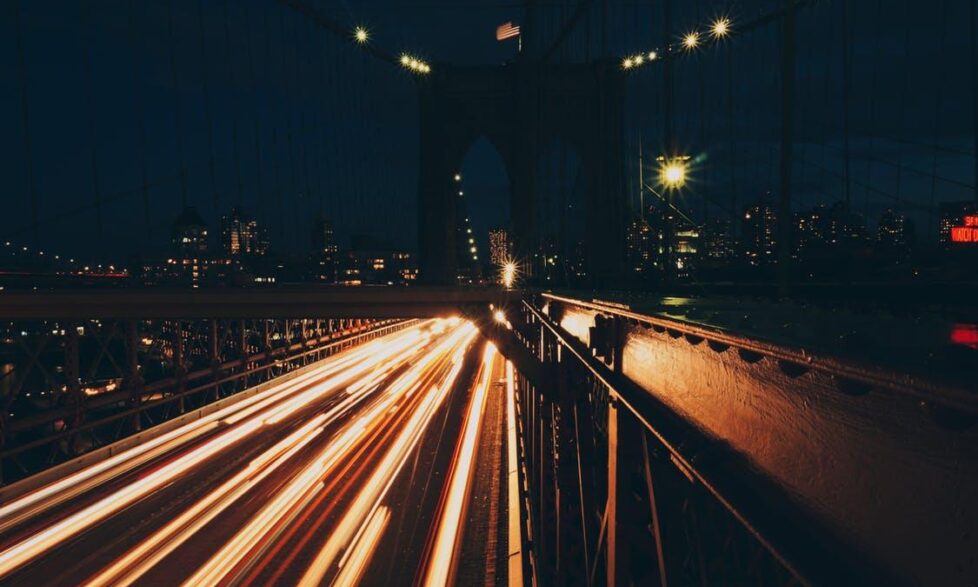4 key enablers that will speed up the circular economy (Part 2)
Read Part 1 of my blog.
Enabler no. 4: Infrastructure
As the sourcing of materials in the new circular model moves from extracting virgin materials to recovering secondary materials, and from owning a product to having access to a service, infrastructure also needs a big shift to facilitate this change.
Many challenges remain here, requiring balanced efforts from businesses and government – such as publicly managed waste collection systems. Without the right recovery and recycling infrastructure in place, or a circular logistics system, we will never fully achieve a circular economy. There is also the need to standardise materials and components to facilitate re-use, recovery and recycling.
For example, you may have discovered a great, safe, secondary material to use as a raw material for your circular product but then find that there are not enough recycling facilities to secure the material supply. Or, even if the recycling facilities exist, the material does not actually get recycled for one reason or another. The vast majority of the 2.5 billion paper coffee cups used in the UK each year are not recycled for this reason.
Luckily, there are already promising examples of pioneering businesses coming up with solutions – look at B&Q’s Green Pallets scheme which uses reverse logistics and facilitates reuse of materials, or US-based The Materials Marketplace: a project using cloud computing to allow users to identify secondary material sources, encouraging their use.
DHL has developed a 'reverse logistics' business model that will allow organisations to map out and develop closed-loop product supply chains. Its Reverse Logistics Maturity Model provides detailed guidance on how businesses can tap into a process of moving goods after the point of sale for the purpose of re-capturing value or being disposed of properly, thus saving money and environmental resources, and eliminating waste.
One example of where the required standardisation has happened is vehicle batteries. Because almost all manufacturers use the same standardised materials, 99% of a vehicle battery can be recycled regardless of who produces it. Another sector that has started to look at reducing impacts and the potential role of standardisation is the plastics packaging sector, through the New Plastics Economy initiative.
Being bold will be worth it
Making the circular economy happen is about pushing the boundaries and shaking up the system until there is enough momentum to ensure the required shifts will happen naturally.
But in the meantime, it’s important to be aware of these institutions and frameworks to work out how you might be able to make them work for your (circular) benefit, and perhaps even more importantly, how you could collaborate with others to make the required changes happen.
Although it may seem that some of these circular economy ‘enablers’ are not yet as enabling as they need to be, you can still start to apply circular principles to your business. My colleague Sian shared some inspiring examples in her blog, Using circular thinking to decode eight sustainable businesses.
The circular economy challenges us all to change our thinking and collaborate in a completely new way to ensure that the transition to the circular economy is truly sustainable. And that is why it is so exciting. The amount of work required to get there may seem daunting, but for the sake of being able to live sustainably on our one planet, being bold in tackling these challenges will be well worth it.
Learn more about how Bioregional can help your business speed up the circular economy.
The circular economy: cracking the challenge
The circular economy is one of the biggest challenges - yet most exciting opportunities - for today's businesses. This guide will help your business get started, and explain the benefits of embracing the circular economy
Download PDF







